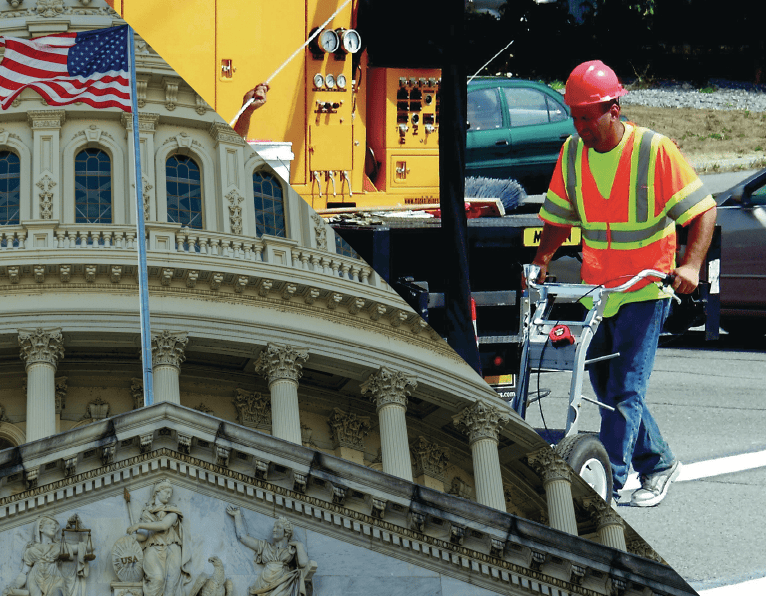Related News Articles
Traffic control business owner to testify Feb. 12 on barriers to roadway safety
NEWS RELEASE Traffic control business owner to testify Feb. 12 on barriers to roadway safety Norman will tell House T&I…
FHWA publishes Final Rule on Manufactured Products Waiver
FHWA publishes Final Rule on Manufactured Products Waiver The Federal Highway Administration (FHWA) today published its final rule regarding the…
Election 2024 holds far-reaching implications for transportation funding
Election 2024 holds far-reaching implications for transportation funding Fall issue of Roadway Safety offers insights on what to watch as…


